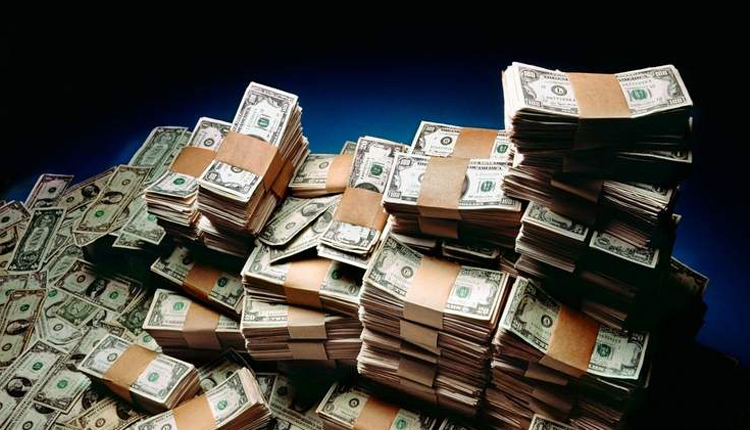U.S. dollar rose against a basket of currencies on Friday, putting it on track for its first weekly increase in three, prompted by hopes of progress in U.S.-China trade talks and that the Federal Reserve would not lower rates aggressively.
Sterling retreated from a two-month high versus the greenback after the Irish foreign minister said that London and the European Union were not yet close to a Brexit deal.
U.S. and Chinese deputy trade negotiators are set to continue talks that began on Thursday in an effort to lay the groundwork for high-level discussions in early October that will determine whether the world’s biggest economies can reach a trade deal.
While tariffs and worries about protracted supply-chain disruption have hampered global business activity, the U.S. economy is still faring relatively well, analysts said.
“The U.S. economy is clearly doing better than anyone else,” said Joseph Trevisani, senior analyst at FX Street in New York. “I’m still in the stronger dollar camp.” With housing starts at a 12-year high and factory output rebounding in August, the longest U.S. expansion on record seems to have more legs, he said.
An index that tracks the dollar against a basket of six major currencies was up 0.31 percent at 98.58. It was on course to gain 0.3 percent on the week.
The euro fell 0.34 percent on the day at $1.1003, while the greenback slipped 0.11 percent to 107.935 yen.
Against a favorable economic backdrop, the Fed lowered key lending rates by a quarter point on Wednesday, but signaled a higher bar to further reductions in borrowing costs.
Interest rates futures implied traders saw a 64 percent chance of another rate cut by year-end, compared with 69% late on Thursday, CME Group’s FedWatch programme showed.
Meanwhile, sterling was briefly the biggest gainer overnight against the dollar after European Commission President Jean-Claude Juncker said late Thursday he thought Brussels could reach agreement with Britain on its departure from the European Union.
Sterling’s gains faded after Ireland’s foreign minister’s comments on a Brexit deal, and a Financial Times report that British Prime Minister Boris Johnson had told colleagues he did not expect to be able to reach full legally operable deal covering the Irish border at a meeting of EU leaders.
The pound was down 0.34 percent at $1.2479 after touching a two-month high at $1.2582. It reached a four-month high of 87.875 pence per euro before easing to 88.03 pence, up 0.11 on the day.
Source: Reuters


